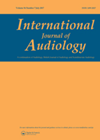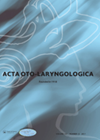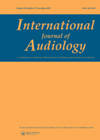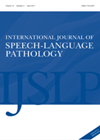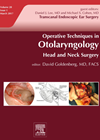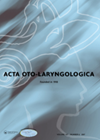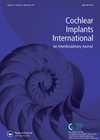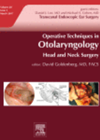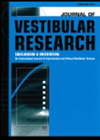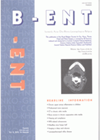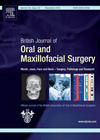
Journal Reviews
Single sided deafness and cochlear implants
Cochlear implants (CI) can restore hearing in the profoundly deaf ear. Risk/ benefit and cost considerations dictate strict criteria that must be met for patients to be eligible. People with single-sided deafness are not eligible to receive a cochlear implant...
Does endoscopic tympanoplasty give better results than a conventional approach?
This is a retrospective review looking at two groups of patients who had undergone middle ear surgery for chronic otitis media (perforation, retraction pocket/cholesteatoma) either open or endoscopic. Four hundred and five patients underwent open ear surgery and 501 endoscopic,...
Tinnitus and leisure noise
Tinnitus attracts large interest among researchers all over the world due to its negative psychological side-effects. Researchers from the National Acoustic Laboratory (NAL) tested life-time noise exposure and its influence on the tinnitus experience in 1435 young Australians from various...
From clinical to academic – intervention research in SLT
There are many different research methods and designs that can be used to test the effectiveness of speech and language interventions. This article aims to describe those methods relevant to speech and language therapists working with a range of clients....
Options for the endoscope and acquired cholesteatoma
This was a thought-provoking article examining the reasons why the authors believe that the endoscope is enabling an improved understanding of acquired cholesteatoma and its management. They describe in depth the ventilation pathways of the middle ear, and how they...
Commercial desiccants or uncooked rice?
Moisture can damage any electronic devices including hearing aids. It is commonly known that rice can ‘rescue’ an electronic device if wetted. Authors of the below-described study researched whether uncooked rice could be used as an efficient equivalent to often...
Should intratympanic steroids be the first line treatment for sudden sensorineural hearing loss?
This article looked at whether intratympanic steroids (ITS) provide more benefits over systemic steroid therapy (SST) as initial therapy in patients with idiopathic sudden sensorineural hearing loss (ISSHL). This meta-analysis study, based on published RCTs, concluded that ITS treatment exhibited...
Cochlear implantation in children with cognitive disabilities
Additional disabilities are frequently encountered in children born with hearing loss or deafness. A study from Denmark attempted to systematically review to what extent hearing-impaired children with cognitive disabilities benefit from cochlear implantation. The authors conducted an extensive search in...
A beginner’s guide to endoscopic ear surgery (EES)
For some, this article will not provide them with anything new with respect to EES – in particular, the advantages of the technique and how to achieve them. However, for those surgeons who are debating whether to embark on the...
Hearing provides cues for the maintenance of balance
It is well known that balance relies on the integration of vestibular, visual and proprioceptive cues. However not much mention or attention has been given to the importance of auditory cues for balance maintenance. The authors set up experiments to...
Paper patching for aural fullness
This Belgian prospective study reported on the effect of paper patching on aural fullness of unknown aetiology. It looked at 22 patients who complained of aural fullness without any middle ear pathology. The patients were divided into a treatment group...
Anterolateral thigh cutaneous flap or radial forearm free flap for tongue defect reconstruction?
Free flap reconstruction is the gold standard in tongue reconstruction, aiming to restore function such as swallowing, cosmesis and speech. The anterolateral thigh cutaneous flap and the radial forearm free flap are among the most popular free flaps used for...

